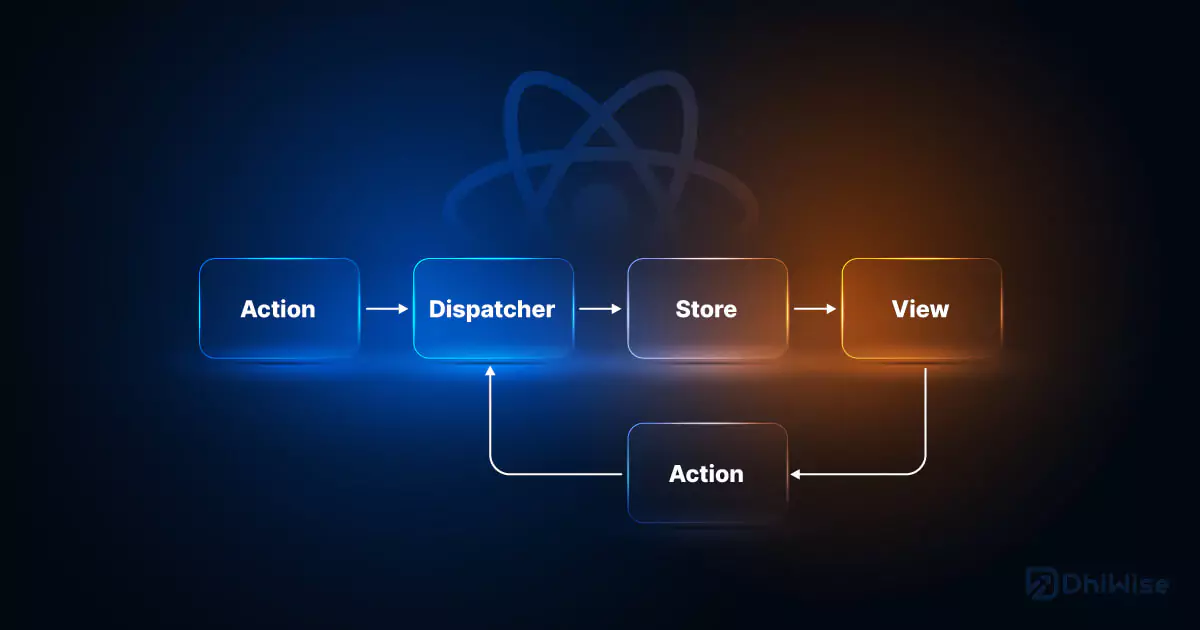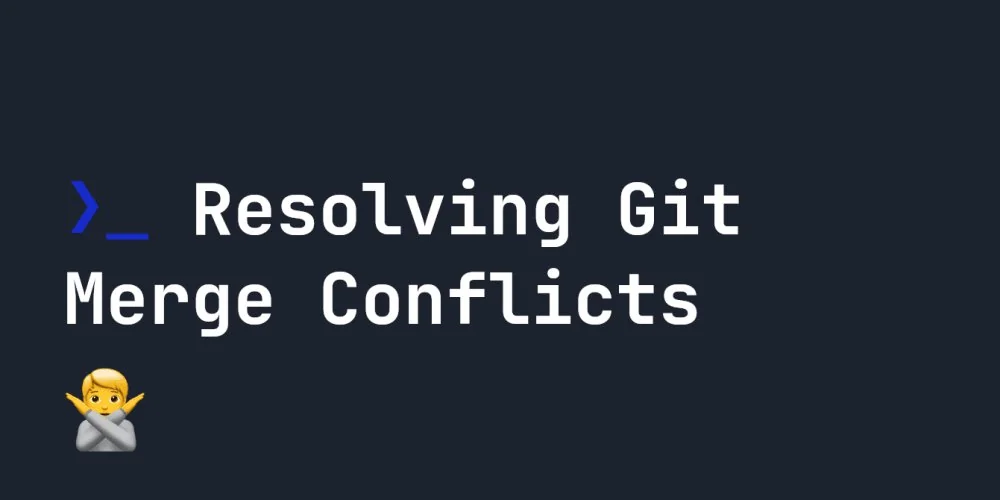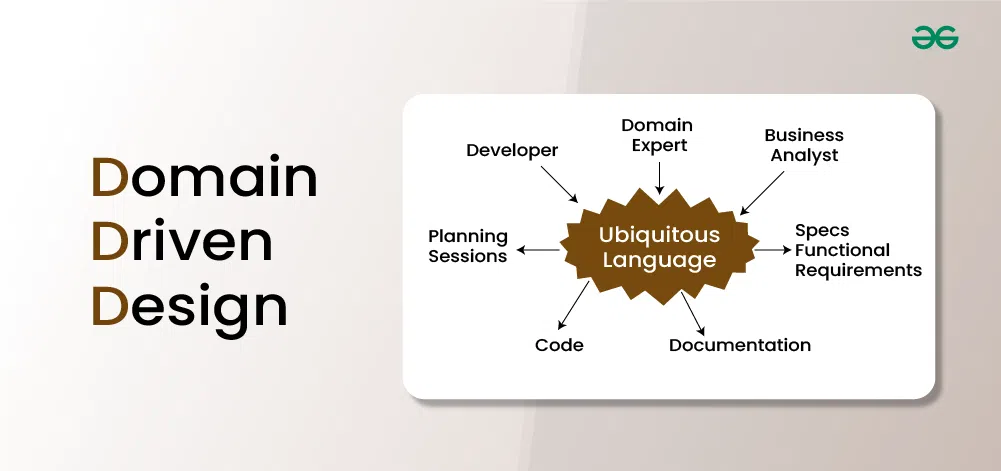Unidirectional Data Flow Sounds Fancy but Isn’t
First thing to get? Flux isn’t a framework. It’s really just a smart way of organizing how stuff moves in your app. The whole idea is that data should only travel in one direction. Unidirectional just means, hey, data goes one way—never looping back.
Let’s walk through it. Everything starts with an action—think of it like sending a request. Maybe you want to grab some books. When that action pops off, it talks to something called a dispatcher, which then spreads the word. The app does whatever it needs, updates a little hub called the store, and then lets the rest of your app know there’s new info ready. Now, anything interested in the update (like your UI) can see what’s changed and react.
Doing Stuff in Flux (and Why It’s Not a Headache)
Let’s say you want to delete a book. Doesn’t matter what the action is—It makes you go through that same dispatcher step first. Why bother? Because always going through one central spot makes sure everyone stays on the same page. That way, every part of the app knows what changed and can update perfectly, with no weird surprises.
How to Set Up Flux (Without Losing Your Mind)
There are lots of takes on this , but the official one boils down to a few simple steps. At the heart? An event system. Facebook’s version gives you a dispatcher class, and you’ll use that as your main controller:
- Make a new dispatcher
- Add a handler for incoming actions
- Send actions through this dispatcher
Stores are kind of cool. They remember everything important and let your app know if something’s new. Components can:
- Subscribe to store updates
- Unsubscribe when not needed
React components only need to do two things:
- Start listening to the store when they appear on screen
- Stop listening when they’re removed
When something changes, just grab the new info from the store and update the component’s state. That’s it.
A Quick Recap (Because It’s Easy to Forget)
Here’s what happens in plain terms:
- Want to do something? An action fires off
- That action goes to the dispatcher
- The dispatcher notifies all the stores
- Stores process and update what they need
- Subscribed components react and update the UI
The whole thing flows forward—never looping or circling around.
Why Bother With All This?
Honestly, once it clicks, It doesn’t feel so complicated. It’s all about making sure your app doesn’t get confused or tripped up by complicated data changes. Instead, everything moves in a nice straight line, and you always know who’s in charge.
So if you ever wondered why so many apps stay smooth and organized under the hood, well, It is often the reason. And if you ever got tripped up by it in the past, you’re definitely not the only one. Give it a try again—maybe this time it’ll finally just make sense.
Flux vs Traditional MVC: Comparison
| Feature | Flux | Traditional MVC |
|---|---|---|
| Data Flow | Unidirectional | Bidirectional |
| Complexity Management | High clarity with strict flow | Can become tangled in large apps |
| State Handling | Centralized in Stores | Spread across Controllers/Views |
| Ease of Debugging | Easier due to predictable flow | Harder due to indirect updates |
Final Thoughts
It might seem like just another architecture at first glance, but its unidirectional data flow brings real clarity to application design—especially in complex UIs like those built with React. By enforcing a strict, one-way communication model, It helps you avoid chaotic state changes, unpredictable bugs, and tight coupling between components.
If you’ve struggled with messy updates or unclear app logic in the past, It gives you a way out. It’s not about adding more complexity—it’s about embracing a structure that scales cleanly as your app grows. Whether you’re building a small project or a massive product, understanding. It gives you another powerful tool to write maintainable, bug-resistant JavaScript code.
So next time you’re knee-deep in components and wondering how to keep them all in sync, give another look. It just might be the missing piece you didn’t know your app needed.





